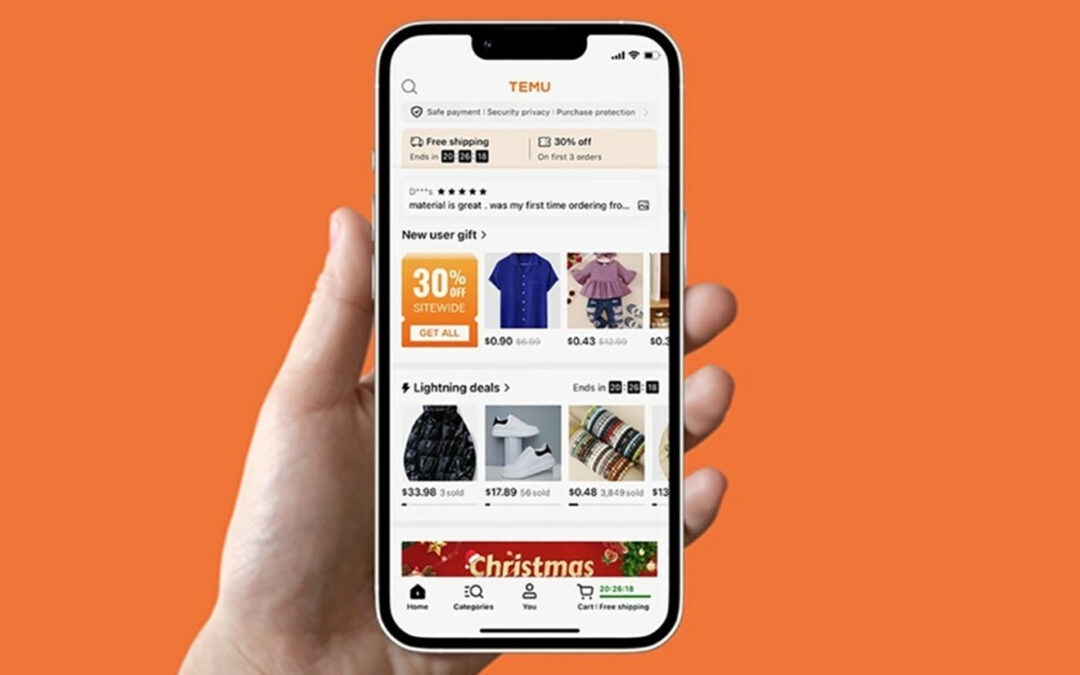Just as it got sued by the California Attorney General for behavior regarding marketplace sellers on its platform, Amazon introduced new measures meant to aid marketplace sellers by boosting their outreach abilities.
At Accelerate, its annual seller conference, the company announced new marketing solutions that can enable direct-to-consumer e-commerce sellers to reach engaged Amazon shoppers and help drive sales on their own sites. Amazon is piloting the solutions as an element of Buy with Prime, a new program that lets sellers offer Prime benefits to shoppers off Amazon.
“Direct-to-consumer online sellers struggle with two key pain points: driving traffic and converting shoppers,” said Peter Larsen, Amazon’s vp of Buy with Prime. “With the launch of Buy with Prime, sellers have begun to increase conversion by offering shopping benefits that millions of Prime members love and trust, including fast, free delivery and a seamless checkout experience. Now, we’re taking the next step by piloting marketing solutions to help Buy with Prime sellers attract more engaged shoppers to their sites.”
Sellers participating in the program can showcase their DTC products on Amazon with a new Buy with Prime page within their brand store. With the page, a customizable multipage storefront on Amazon, sellers can then direct Amazon shoppers to those DTC products by using customizable Sponsored Brands ads.
Sponsored Brands appear in prominent places within Amazon shopping results. When they click on a Sponsored Brands ad, shoppers get a new Buy with Prime page within the brand store’s page on Amazon. From this new page, shoppers can preview product details and choose to purchase the product directly from the seller, off Amazon, by using Buy with Prime. Together, Sponsored Brands ads and the new Buy with Prime store pages help DTC sellers reach relevant shoppers on Amazon and direct them to their own independent sites. Right now both aids are available in an invitation-only beta. Also, co-branded Buy with Prime social media ads, funded and managed by Amazon, help participating Buy with Prime sellers reach shoppers on Facebook and Instagram and drive traffic to products on their DTC sites, the retailer pointed out. The Buy with Prime Marketing Toolkit allows sellers to leverage the recognized Prime brand to drive shoppers to their DTC sites. It includes a badge DTC operators can feature alongside their own brand to demonstrate that Prime-member shoppers can get free shipping.
Email Effort
In addition, Amazon is launching an initiative to help marketplace sellers increase their email advertising reach at no cost, the company related.
Amazon has introduced three new audience types within its email tool to help marketplace participants expand beyond brand followers when sending free marketing emails. The intended effect is to help sellers reach their most loyal patrons including repeat, recent and high-spend customers.
Amazon Customer Engagement’s Tailored Audiences function also allows sellers to monitor the impact of email marketing campaigns and customer engagement with performance and reporting metrics, such as open rate, click-through rates, emails delivered, opt-out rates, sales, and conversion.
Amazon is testing Tailored Audiences in another beta program, and the company plans to make it available to all U.S. sellers in early 2023. Then sellers can select the customer audience types they want to reach. Amazon then sends the marketing email directly to those customers, the company noted. The audience tool will reside in Seller Central, Amazon’s online portal for marketplace participants. Amazon also plans to enhance message design capabilities with custom HTML content and improved templates, which will soon launch, the company indicated.
Amazon recently rolled out Premium A+ Content, an upgrade to the content management system that supports new, larger modules on product pages, including video, interactive hover hotspots, image carousels and Q&A, to all brands worldwide that meet set eligibility criteria. Brands that have taken advantage of the upgrade have seen sales increase up to 20% for products with Premium A+ Content, according to Amazon.
“Brands are able to quickly acquire new customers in the Amazon store, but they expressed a need for improved tools to increase customer lifetime value,” said Benjamin Hartman, vp of Amazon North America Selling Partner Services, in introducing the no-cost email service. “These improvements help unlock the value of remarketing as we further our commitment to helping sellers reach the right customer, at the right time.”
California Lawsuit
Even as the Accelerate conference proceeded, California Attorney General Rob Bonta announced that his office is initiating a lawsuit against Amazon alleging that the company stifled competition and caused increased prices across the state through anticompetitive contracting practices that violate California’s Unfair Competition Law and Cartwright Act.
In order to avoid competing on prices with other online e-commerce sites, Amazon requires merchants to enter into agreements that severely penalize them if their products are offered for a lower price off-Amazon, the attorney general asserted, adding that the agreements hobble other online retailers in their competitive efforts versus Amazon. In the end, Bonta’s office insisted, the agreements help Amazon maintain its dominance in online retail and harm merchants and consumers through inflated fees and higher prices.
The lawsuit asks the San Francisco Superior Court to prohibit Amazon from entering into and enforcing its anti-competitive contracts, require Amazon to affirmatively notify vendors that it does not require sellers to offer prices on par with off-Amazon prices and appoint a monitor, to ensure Amazon’s compliance with the court’s order. It also requests the court order damages to compensate for the harms to consumers through increased prices and return designated gains and pay penalties to serve as a deterrent to other companies contemplating similar actions.
“For years, California consumers have paid more for their online purchases because of Amazon’s anticompetitive contracting practices,” stated Bonta. “Amazon coerces merchants into agreements that keep prices artificially high, knowing full well that they can’t afford to say no. With other e-commerce platforms unable to compete on price, consumers turn to Amazon as a one-stop shop for all their purchases. This perpetuates Amazon’s market dominance, allowing the company to make increasingly untenable demands on its merchants and costing consumers more at checkout across California. The reality is: Many of the products we buy online would be cheaper if market forces were left unconstrained.”





